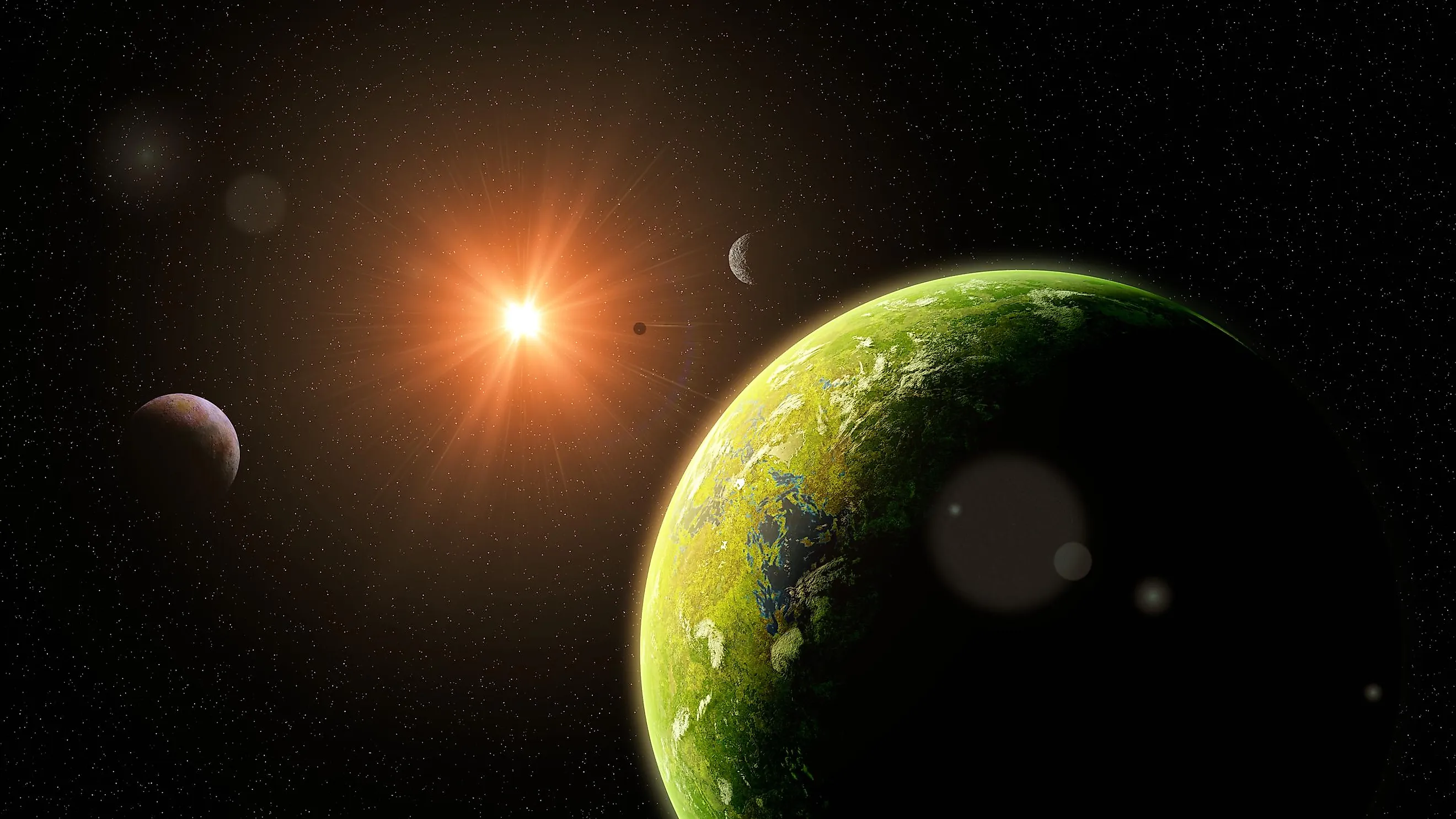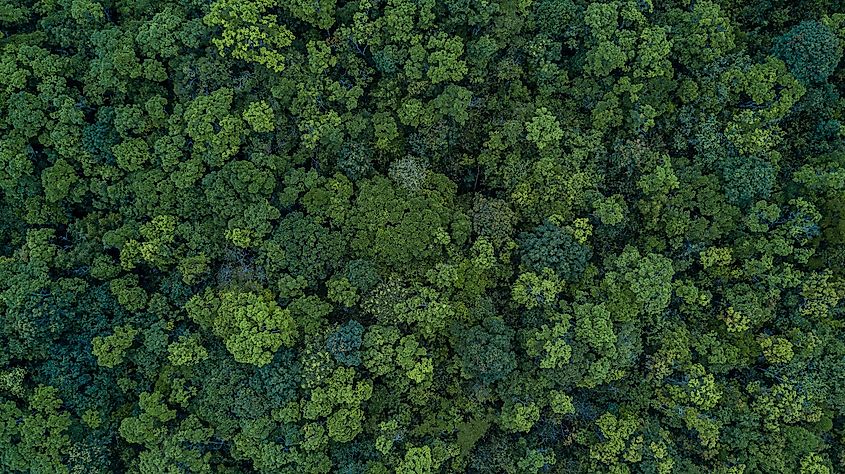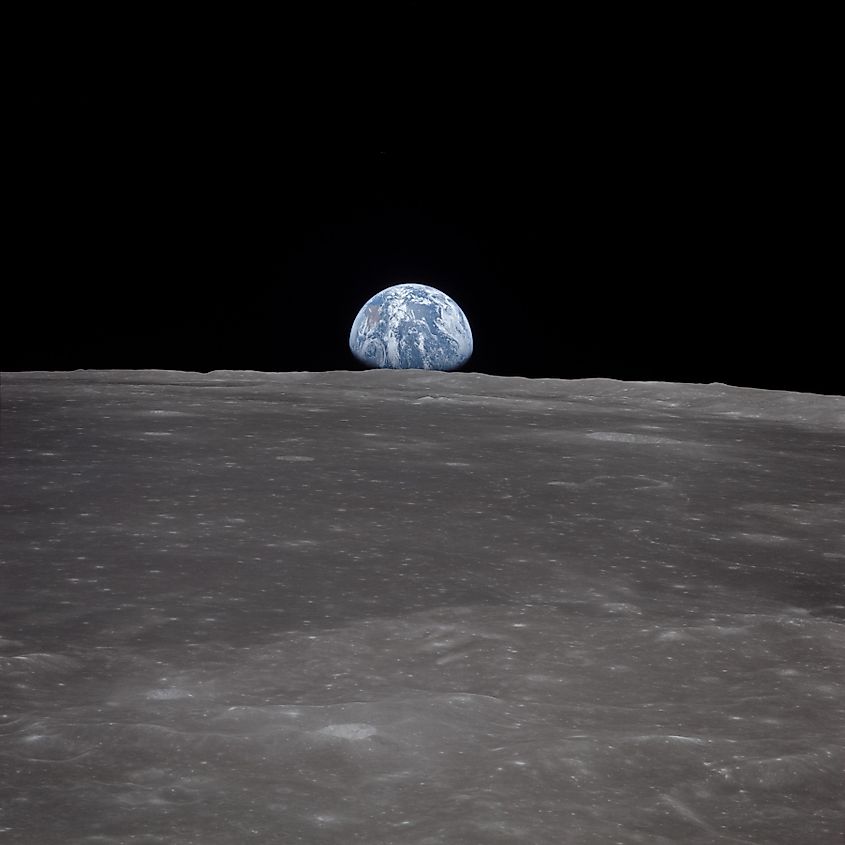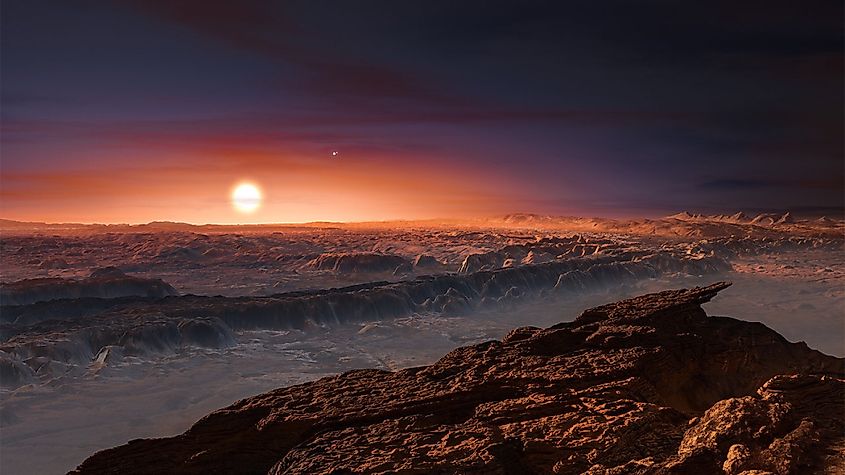
Could Plants Be Detected on Other Planets?
The study of exoplanets has exploded in the last three decades. Ever since the discovery of the first exoplanet in 1992, scientists have confirmed the existence of over 5,000 more. Planets have turned out to be far more abundant than scientists thought, and it is believed that every star is orbited by at least one planet. As technology has advanced, so has our ability to study worlds beyond our solar system. For the first time in history, telescopes may even be advanced enough to detect biosignatures on other planets. Biosignatures are forms of evidence that suggest life exists on a planet, which are generally assumed to come in the form of atmospheric composition. For example, the presence of large amounts of oxygen or methane may suggest biological processes are occurring. Recently, however, scientists have proposed a new biosignature that involves infrared radiation being reflected off plants.
Plants and Light

Plants are one of the most abundant forms of life on planet Earth. Roughly 32% of Earth’s surface is covered in plant life and plants make up 80% of Earth’s total biomass. Plants are so abundant that most of Earth’s biosignatures are a direct result of plants and how they have changed the very chemistry of our world. Plants are responsible for most of Earth’s oxygen through the process of photosynthesis, wherein plants use sunlight and water to produce energy, releasing oxygen as a byproduct. While photosynthesis absorbs sunlight, it also reflects some. For the most part, plants absorb light in the visible part of the electromagnetic spectrum while reflecting infrared light. By reflecting infrared light, plants can avoid overheating. This phenomenon is referred to as the vegetation red edge (VRE), and some scientists believe that it could be used in detecting plant life on alien worlds.
Comparing Earthshine to Other Worlds

While the idea of observing infrared light reflected off other worlds sounds simple, things are a bit more complicated than that. First of all, it might be difficult to determine whether or not the infrared radiation is actually being reflected off plants or if there is some other process at play. To get an idea of what a planet with plant life would look like, scientists analyzed the light reflected off of our world, Earth. The Earth itself does not emit much of its own light, and rather, it reflects light from the sun into space. This light is referred to as Earthshine, and scientists often examine the light reflected off our world to study the biosignatures of our planet. One way to do this is to study the light being reflected off the moon due to Earthshine. By analyzing Earthshine reflected off the moon, scientists can analyze the chemical composition of our atmosphere, as well as what percentage of Earthshine is a result of plants reflecting infrared radiation. Data suggests that the overall change in Earthshine due to plant life is about 2%, which may not seem like much, but it is large enough that, if other planets have similar amounts of plant life, it could be detectable. While comparisons between the Earth and exoplanets use a large number of assumptions, they can still be a useful tool in predicting what alien biosignatures may look like. Next, scientists compared Earthshine to some known exoplanets to predict what their VRE would look like, assuming plant life on those worlds behaves like vegetation on Earth and exists in similar amounts. The resulting data could be used to look for plant life on other worlds.
An Age Old Question

For as long as humans have known that the stars are other suns, we have wondered whether or not we are alone in this vast universe. Now as technology advances and telescopes become more powerful, humanity will likely have the means to detect life on other planets in the not too distant future. Telescopes like James Webb are already revolutionizing our understanding of exoplanets, and future telescopes will be designed with the ability to study the atmospheres of exoplanets in so much detail that biosignatures could likely be detected. The answer to whether or not we are alone in the universe could very well be within reach.











